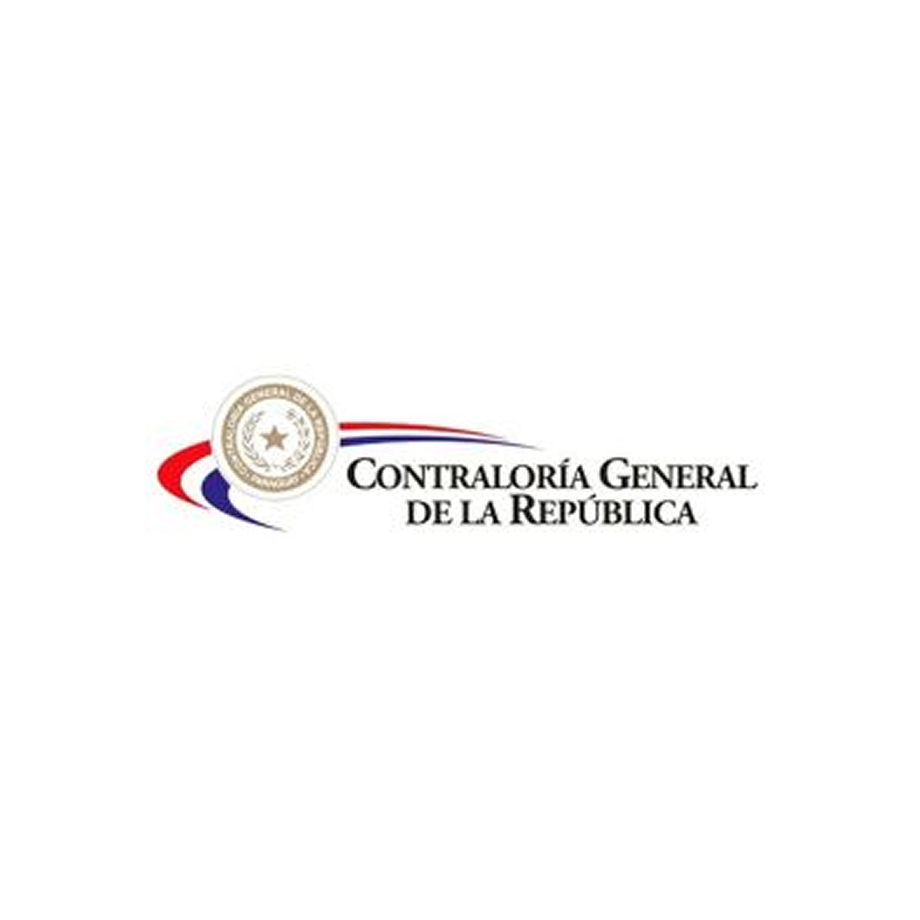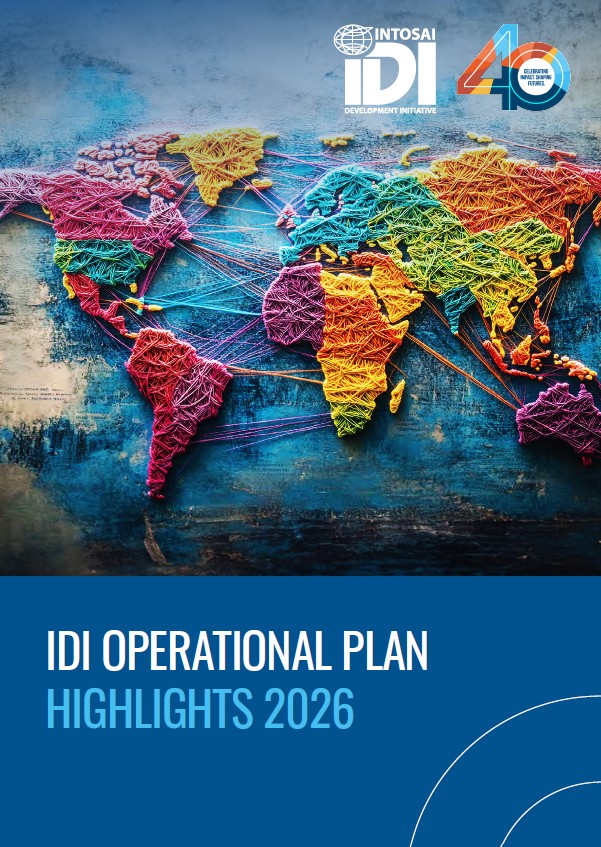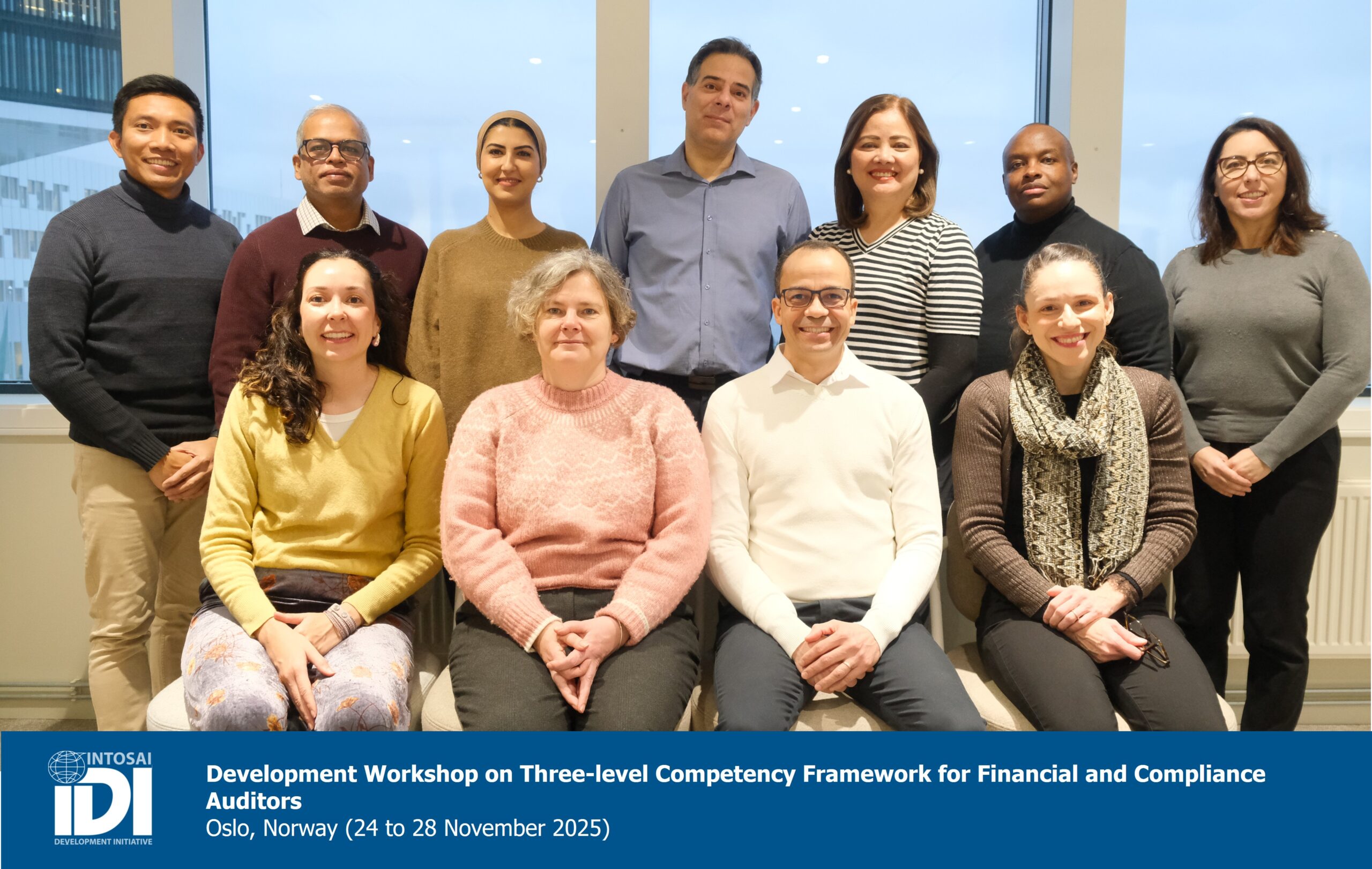SAI of Paraguay – achieving a Strategic Plan for an innovative vision

Even though this vision is supported by the CGR’s mandate, it has a relevant yet innovative component which made it naturally challenging. Beyond giving its audit mandate greater technical quality and coverage and working on aspects of institutional governance, the intentions were for the CGR to contribute to strengthening accountability in general.
The SAI aimed to position itself as a model organization that leads by example, that meets the technological demands of the control activity, that develops an efficient communication policy, and above all – hand in hand with the development of capacities – that has innovative annual audit plans that incorporate the Sustainable Development Goals (SDG) as well as inclusive and gender approaches. The active role of the CGR in various OLACEFS working groups, commissions and committees, as well as the imminent assumption of its Presidency (starting in 2022), and its work in subregional groups, were also aspects considered within the developing process of the ISP 2022-2026.

To be recognized for promoting good governance and transparency with innovative and competent processes in the control of State resources, to make a difference in the lives of citizens.
It has been a pleasure and a privilege to work with colleagues from the Office of the Comptroller General of the Republic of Paraguay in the formulation of its 2022-2026 Strategic Plan. I have been able to appreciate how, through the logic of the IDI Strategic Management Manual, they have been able to structure an innovative – but feasible – plan, which is consistent with the vision of its highest authorities, and which is expected to redound in favor of the Paraguayan people. Notwithstanding the value that our contribution may have, I am convinced that these achievements have only been possible from the absolute commitment of the staff of the Comptroller’s Office and its Leaders.
So how did the SAI build this innovation into its audit and strategic plans? First of all, the implementation of a robust PMF-SAI diagnostic, as well as the analysis of key stakeholders, allowed the identification of an adequate baseline. This included various aspects to work on and capacities to develop, as well as competencies already present in the CGR that would contribute to future strategic objectives of the new ISP.
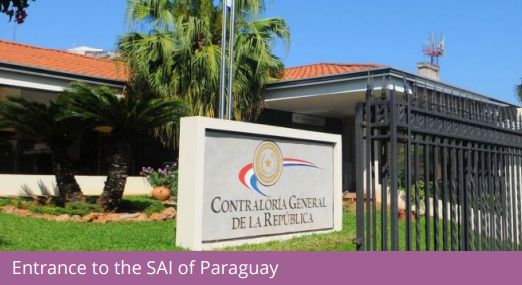
Based on the challenges identified, and with the firm support of the authorities – who made it clear that this process was essential for the institution – work began on the new ISP. With support from IDI, the team led by the General Directorate of Planning and Reports to completed the ISP inputs – in accordance with the vision. with an ever-present emphasis on the feasibility of the ISP and its operational plans. The highly participatory nature of this process – twenty-six dialogue tables with General Directorates and staff from audit and support areas – should be highlighted. This allowed the construction of diverse and necessary consensuses, about strategic issues and required capacities, and about the products that made up the ISP. From a broader perspective, this contributed to the robustness of the SPMR process, the legitimacy of the plan’s components, as well as to its early socialization.

The strategic plan, its products and innovative character: SDG and gender approach
- Product 1: Reports of audits and other control activities, opportune, pertinent, of quality and published.
- Product 2: Consolidated actions to promote the Sustainable Development Goals within the framework of control activities.
- Product 3: Management systems that include the dimensions of the human talent function.
- Product 4: ICT as an innovative control resource.
- Product 5: Systems of public integrity and institutional transparency consolidated as pillars of the Institution.
- Product 6: Effective, integrated, timely and quality relationship systems with interested parties.
Without diminishing the importance of the other products, the relevance given to the 2030 Agenda of the SDGs underlines the innovative nature of the ISP. Product 2 has even been generated for the SDGs to be promoted within the framework of control activities. Moreover, this product entails a structured strategy, which includes not only activities for formalizing the methodology for auditing the implementation of the SDGs, but also others such as mapping the commitments assumed by the Government of Paraguay and a strategy about the goals and targets to be audited – and related sequence – as well as the integration of SDGs´ control actions in an awareness-raising and external dissemination strategy, and the continuous training of human resources on the audit of SDGs.
The same Product 2 highlights another innovative aspect of the ISP: the mainstreaming of the gender-based approach in the organizational culture. As in the case of the SDGs,the comprehensive strategy not only refers to the methodological tool to be used to achieve this objective within audit processes (mainly the well-known Gender Policy and NonDiscrimination adopted by OLACEFS in 2021), but also to a continuous training and awareness on the matter, and the commitment to approve the SAI’s own policy on gender equality and non-discrimination.
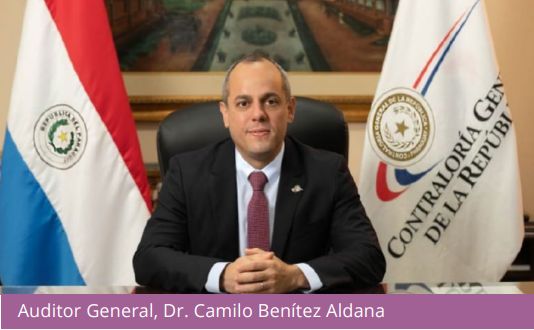
In the words of Mag. Sebastián Gil (IDI Manager), advisor to the SPMR team from SAI Paraguay:
AUTHORS
Sebastián Gil, IDI Manager of Capacity Development for OLACEFS and advisor to SAI Costa Rica and SAI Paraguay under SPMR – Senior specialist on Supremen Audit Institutions
SAI of Paraguay – achieving a Strategic Plan for an innovative vision
The SPMR initiative is co-funded by the Swiss State Secretariat for Economic Affairs, SECO

